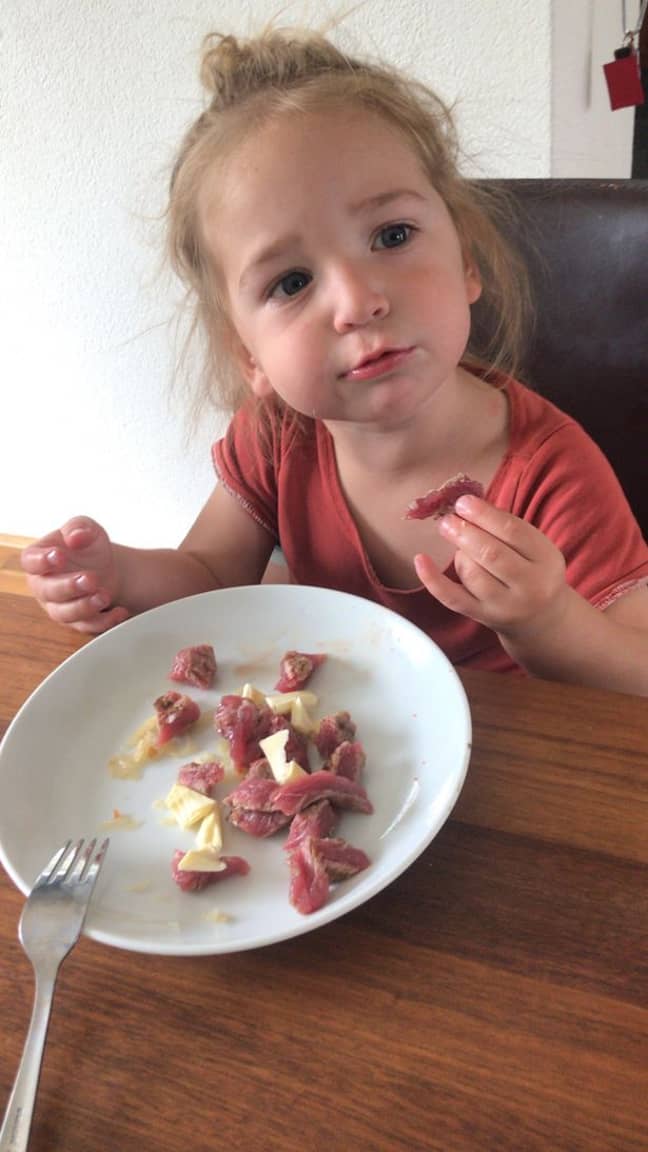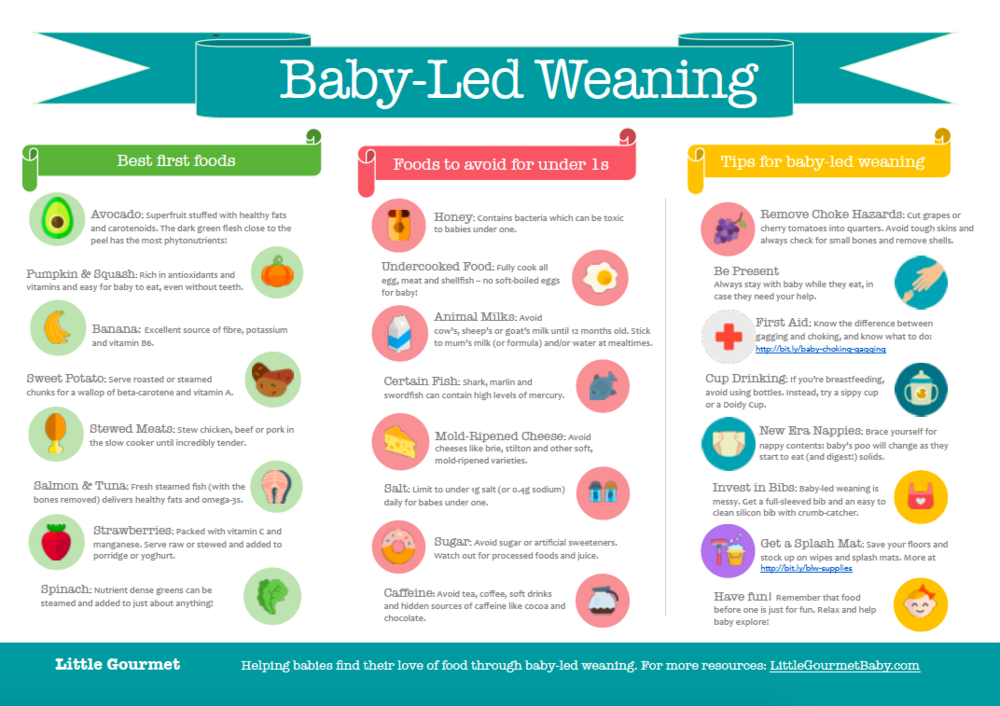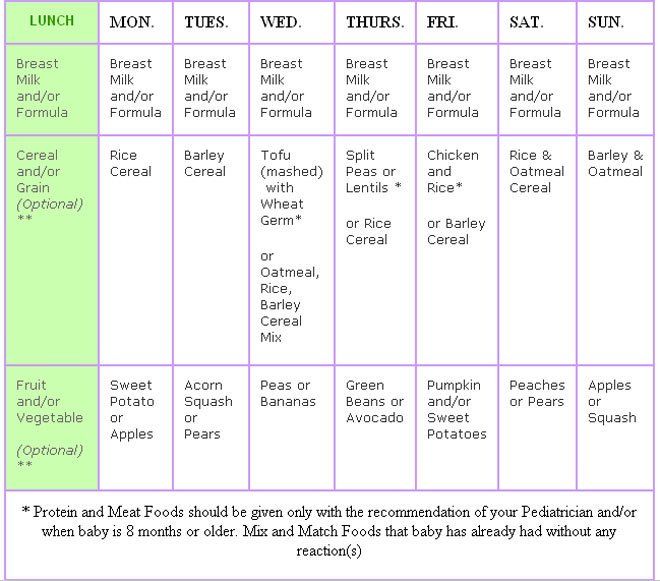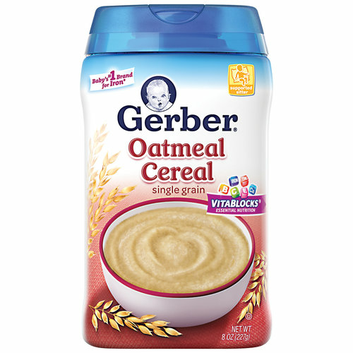Thanksgiving baby food
10 Thanksgiving Foods for Babies Starting Solids
As baby’s first Thanksgiving rolls around, you are probably excited to include your newest family member in all the holiday festivities. And what does Thanksgiving involve? Lots and lots of eating! For those families still getting the hang of solids, we asked our expert Pediatric Nutritionist to give you some tips for how to safely include your baby in the Thanksgiving feast.
Before we jump into what foods to serve and some ways to serve them, let’s cover a few solid food basics.
Firstly, make sure baby is ready. And by that, we mean to make sure they are 1) at least 4 months old (though most babies are ready closer to 6 months) and 2) Sitting up with good head control.
Second, know your feeding options. Will you be spoon-feeding your child purees or offering them the chance to self-feed through Baby-Led Weaning? If you’re not sure the answer, Tinyhood’s Introducing Solids 101 course will walk you through both options, and how and why you might implement each of them.
Third, be aware of potential allergens. While babies can have an allergic reaction to almost any kind of food, the top 8 triggers are: cow’s milk, soy, peanuts, tree nuts, fish, shellfish, wheat, and eggs. You may want to avoid giving a high-risk food for the very first time at the Thanksgiving dinner table. If you plan to use any of these foods (like dairy) in Thanksgiving recipes, try offering dairy a few days before to check for an allergic reaction.
And fourth, set yourself up for success. Feeding your child in these early days isn’t just about nutrition, but it’s a great way to bond. So pull that high chair right up to the table, and prepare for potential messes by bringing a bib, a splash mat, and a change of clothes.
Now, on to the main event! Let’s go through some favorite Thanksgiving foods and how you can safely introduce them to your baby, whether you are choosing to offer them as a puree or serving them whole in the style of Baby-Led Weaning.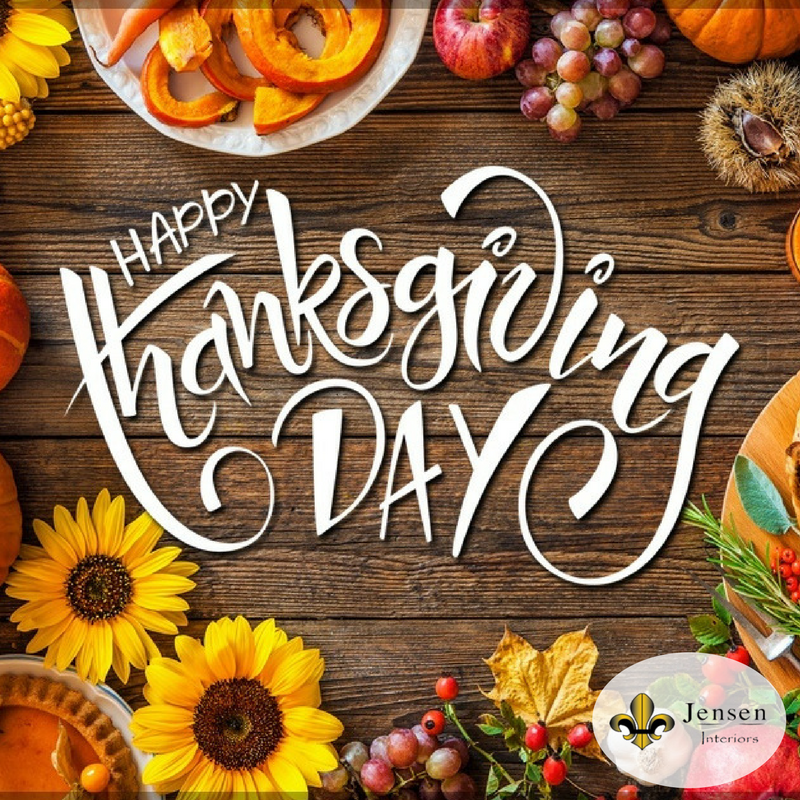
1. Turkey
To puree: Mix with water, formula, breast milk or broth puree to your desired consistency.
For Baby-Led Weaning: Remove the skin and offer a strip about ½-1 inch thick of light or dark meat. Or, you can offer a drumstick for baby to gnaw or suck on. (Psst — this option makes for a great photo opp!)
2. Mashed Potatoes
This is an easy one for the puree AND Baby-Led Weaning crowd… just serve it! If you want, you can also add a little liquid (breast milk, formula, cow’s milk, broth, water) and use a fork to mash to your desired consistency. This is particularly helpful if the potatoes are a bit gummy.
3. Sweet potatoes
Same as above! If they are mashed, you can more or less just serve them. Avoid classic sweet potato casseroles though, as marshmallows have unwanted added sugar and are also a choking hazard.
4. Pumpkin/Butternut Squash
Again, the recommendation is largely the same as it was for potatoes.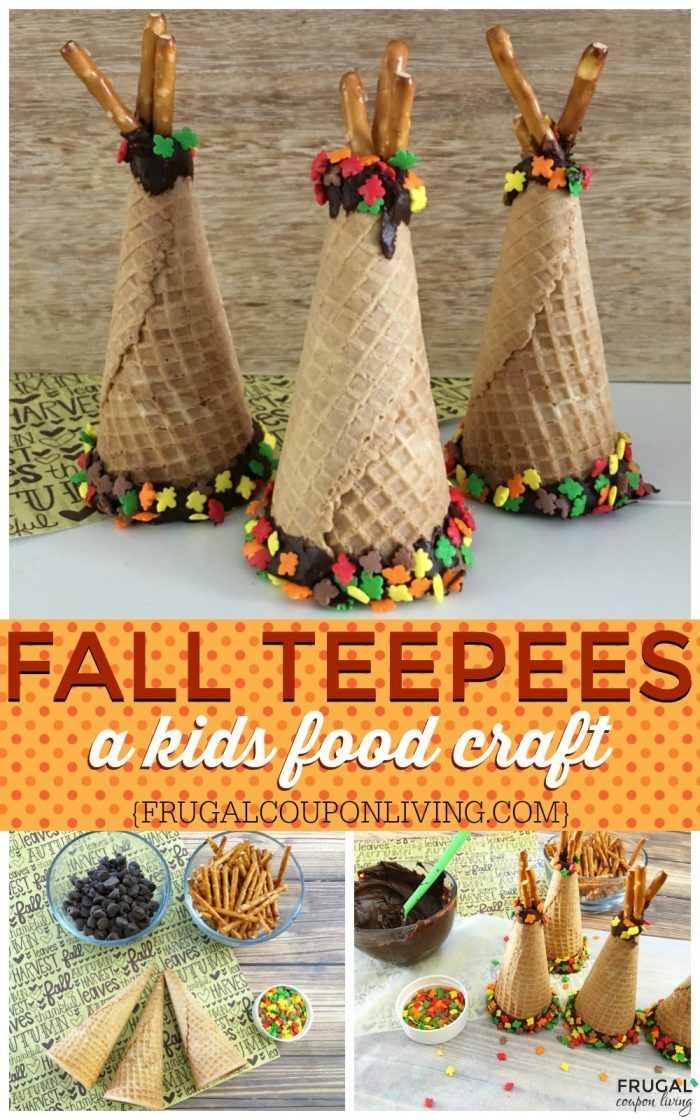 Just remember, pumpkin pie is not the same as pumpkin. It’s best to keep babies away from the amount of added sugar in a pumpkin pie.
Just remember, pumpkin pie is not the same as pumpkin. It’s best to keep babies away from the amount of added sugar in a pumpkin pie.
5. Glazed carrots
Avoid recipes that contain honey as babies under 1 year are at increased risk of botulism. As this dish traditionally has a lot of added sugar, set aside carrots to cook plain then add your own Thanksgiving seasonings (like cinnamon or nutmeg) for baby.
To puree: Blend with your liquid and seasonings of choice.
For Baby-Led Weaning: Make sure they are soft to the touch! This dish might require a little extra cooking before you serve it. Cut into halves, thirds, or long strips. Avoid coin shaped pieces.
6. Cranberry Jelly/Sauce
In general, we say no added sugar in babies’ diets — but HEY it’s the holidays and just one meal. Treat this as a condiment to taste and not a “dish.” Generally, the texture of these are great for purees and Baby-Led Weaning, but make sure to scan for any whole cranberries, as these can be a choking hazard.
7. Stuffing
To puree: Blend with your liquid of choice, or add some liquid and mash with a fork.
For Baby-Led Weaning: Just serve! Break up any particularly large pieces, though, to avoid any gummy clumps, and make sure any vegetables are cooked properly.
8. Bread/Rolls
Technically, this can be pureed, but mashed potatoes, sweet potatoes, and stuffing provide more festive carbohydrate options.
For Baby-Led Weaning, lightly toast bread or rolls to avoid large, gummy clumps of bread. Feel free to add butter or spread some other Thanksgiving foods like stuffing or potatoes on top.
9. Green beans
To puree: Blend with broth or gravy without added salt.
For Baby-Led Weaning: Remove any hard ends and steam or bake until they are soft to the touch, and serve whole. You can even give green bean casserole as long as the beans are soft enough.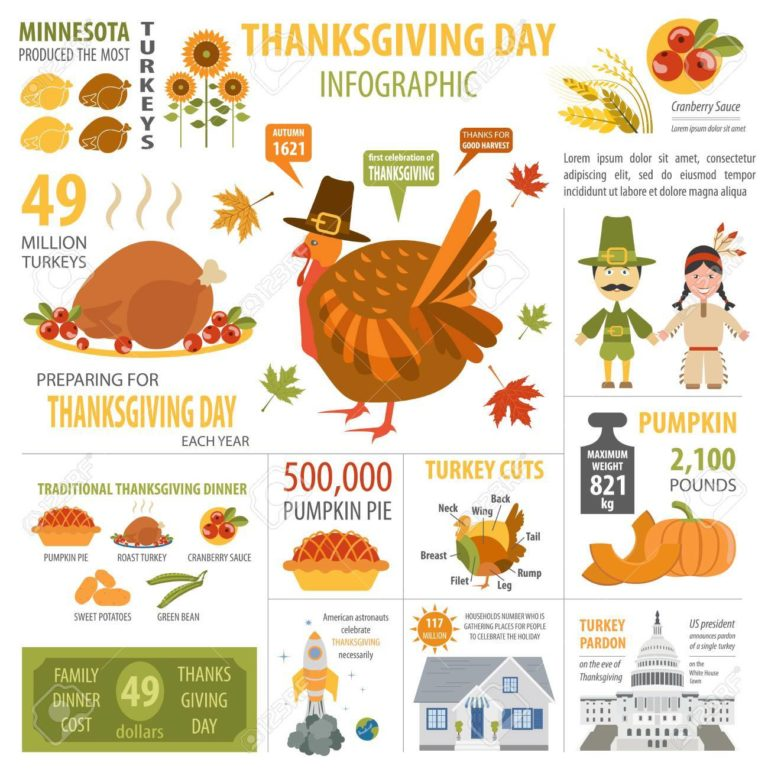
10. Brussel sprouts
To puree: Blend steamed sprouts with the liquid of choice. Feel free to add some seasoning to this one.
For Baby-Led Weaning: Brussel sprouts can be tough, so steam them well, and cut into quarters or shred them.
Some final thoughts and tips…
Combine foods. If baby is low-risk for allergies, feel free to combine several foods into one puree, or give baby several different options when it comes to self-feeding.
Offer flavor. Don’t shy away from traditional Thanksgiving seasonings (cinnamon, nutmeg, sage, thyme, rosemary, etc).
Avoid dessert dishes. A little sugar in certain dishes is fine and oftentimes unavoidable, but it’s too soon for the level of added sugar found in desserts. Remember “added sugar” doesn’t just include white and brown sugar, but maple syrup, honey, agave, and fruit juices. If you really want baby to get in on the fun of dessert (keep in mind this is a fun, bonding experience!) offer baked apples with cinnamon.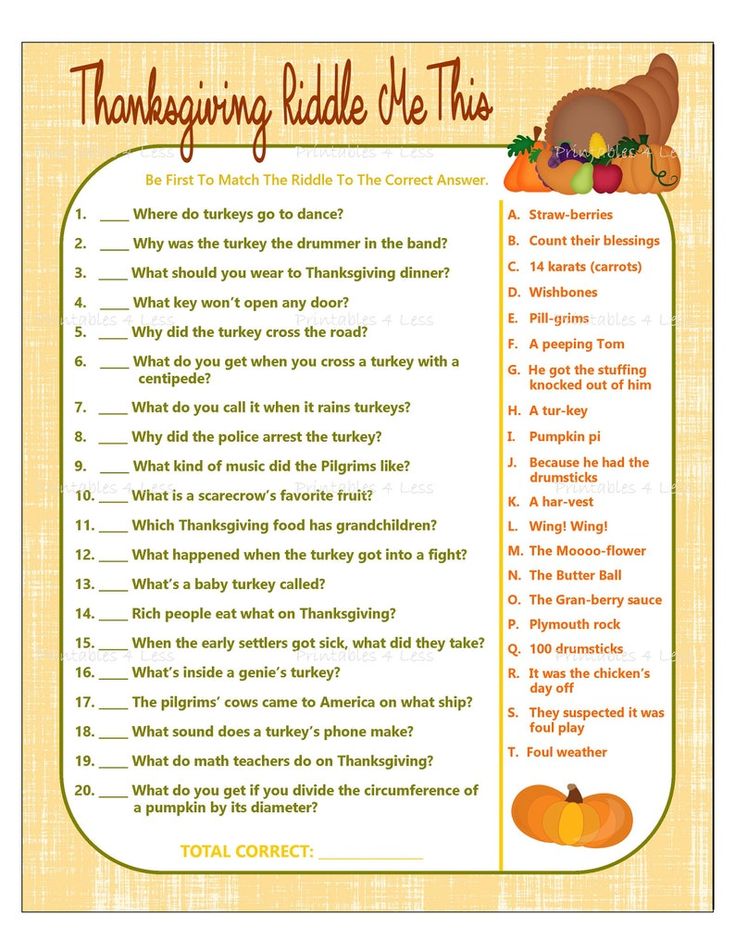
Watch for choking hazards. These include raw/undercooked veggies, whole or large pieces of nuts, marshmallows, gummy foods (add liquid to revitalize potatoes, breads, stuffings), whole cranberries, coin shaped or large chunks of vegetables.
Keep a close eye on baby. This goes back to the choking hazards bit, but remember that the Thanksgiving table is a lot more chaotic and distracting than baby is probably used to. Make sure you’ve refreshed your Child CPR & Choking skills to keep everyone safe.
Most importantly, remember this is just one meal. While every “first” is an exciting one, don’t put too much pressure on yourself. Don’t try foods you aren’t comfortable with, and don’t stress too much if baby’s salt or sugar intake is higher than normal. Whether you are going somewhere and aren’t sure of the menu or cooking yourself, it’s a good idea to have some “safe foods” you know baby likes already that you can offer come meal time.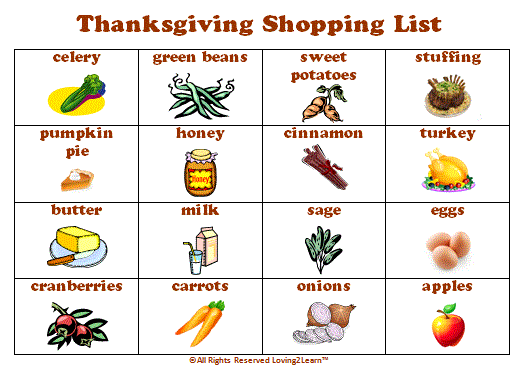 The most important thing is enjoying yourselves and sharing a meal together!
The most important thing is enjoying yourselves and sharing a meal together!
Safely Feed Your Baby Off the Thanksgiving Table
In This Article...
Welcome to The Hunger Games: Thanksgiving Edition.
You have arrived, standing on your pedestal, in the arena. There is a single table in the very center of the dome; piled high with a Thanksgiving Feast. Your challenge is to take that gluttonous heap of fare and transform it into food your baby can safely eat.
It’s the Panem version of Chopped.
(How’s that for an analogy within an analogy! *highfive*)
Whoever wins our little Hunger Game, will enjoy a wonderful day of feasting and a nice restful evening.
Whoever loses our little Hunger Game, will be stressed about choking the entire day and up all night with a gassy, fussy baby who ate something his tiny tummy wasn’t ready for.
May the odds be ever in your favor.
Turning regular food into homemade baby food is super easy. Simply deconstruct the meal into its various components, and then give those when your baby can easily digest them, in a form that he won’t choke on. This means “slurpy liquids” for beginners, “pieces that can be swallowed whole” for intermediate eaters, and “soft dissolving finger foods” for advanced eaters.
Before I jump in to the specific foods, let me list a few helpful tools that will help your baby enjoy the some homemade Thanksgiving deliciousness right along with everyone else!
1Baby Food Processor
2Fresh Food Feeder
3Portable High Chair
4Stay-Put Bowl
Feeding Your Baby the Main Thanksgiving Dish
Turkey
Turkey can be given to babies 7-8 months old, but you’ll need to bring your tiny Beaba to pulse it into a fine puree. Choose the fattier thigh meat and add some breastmilk or formula to help thin it to the right consistency. It should drip easily from the spoon.
Choose the fattier thigh meat and add some breastmilk or formula to help thin it to the right consistency. It should drip easily from the spoon.
For babies older than 10 months, finely dice the food into teeny-tiny swallow-whole pieces. Also choose the fattier thigh pieces rather than the dry breast pieces. They are easier to gum.
Gravy
Gravy is pretty much just starch and fat. Not Good Eats for baby. Avoid.
Cranberry Sauce
Cranberries are very acidic, so it’s not recommended you give it to your baby until after 9 months. For older babies, mix in a little applesauce to cut the acid and provide some sweetness. It’s a powerful Vitamin A food!
Feeding Your Baby Those Delicious Thanksgiving Side Dishes
Green Beans
Babies can enjoy pureed/mashed cooked beans at 7 months. The casserole version includes a cream dairy base (so avoid if there is a dairy problem) and diced mushrooms, which your baby will need to be 9 months to properly digest.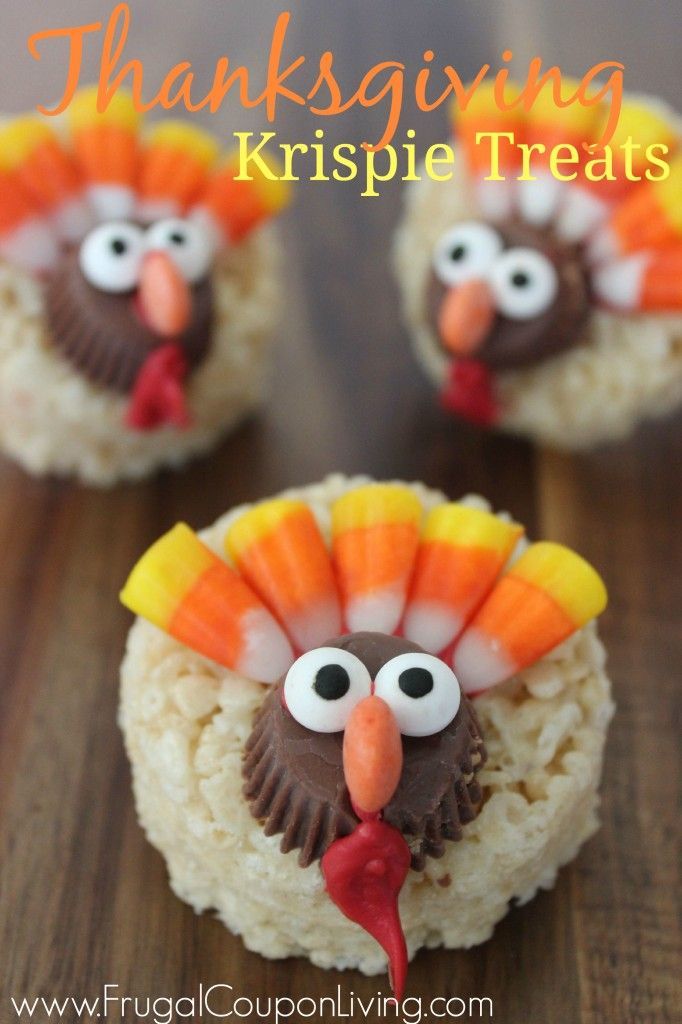
For babies younger than 9-months simply rinse off the cream and mushrooms before going all Beaba on it. The fried onions on the casserole should be taken off and given to Dad.
Glazed Carrots
You can give your baby smashed or pureed glazed carrots at 7 months.
Steamed or Creamed Corn
Corn tends to cause digestive problems for babies under 18 months. It’s also a choking hazard. Avoid.
Stuffing
There are a thousand different recipes for stuffing, so my help here is limited. Since you’re most likely not going to puree the stuffing, I recommend holding it back until your infant is older than 10 months. Then break down the ingredients using my baby food chart to see if there are any foods your baby is still too young for.
Take a bite first and consider the texture. Are the celery pieces too large and hard? Are there whole cranberries inside? If so, skip it.
Mashed Potatoes
This can be given to babies at 7 months if they don’t have extra ingredients added (like bacon or cheese, etc.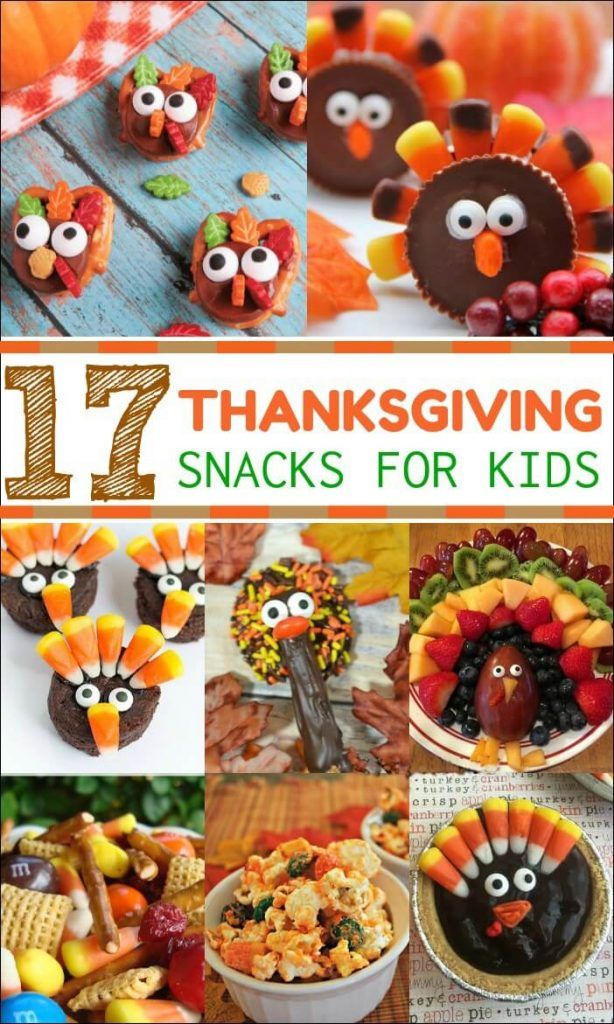 ). Thin the potatoes out with breast milk or formula before serving to babies younger than 10 months. There should be no lumps.
). Thin the potatoes out with breast milk or formula before serving to babies younger than 10 months. There should be no lumps.
Sweet Potatoes
Sweet potatoes are an awesome first food for babies. They have so many wonderful nutrients your baby’s brain can use. Babies as young as 4 months can have sweet potatoes (but I usually recommend waiting until 5-6 months). Again, the younger the baby, the more watery and thin the puree has to be.
When looking over a sweet potato dish, make sure there are no nuts mixed inside (scoop under any top layers of nuts or marshmallows). Nuts are best introduced after the first birthday for allergy reasons and can easily become a choking hazard.
Feeding Your Baby Epic Thanksgiving Desserts
Your baby is completely clueless about the meaning of “dessert”. This means you can leave it off your baby’s plate without feeling like he’s missing out on something. That said, some babies may notice all the pie-loving going on and demand a slice.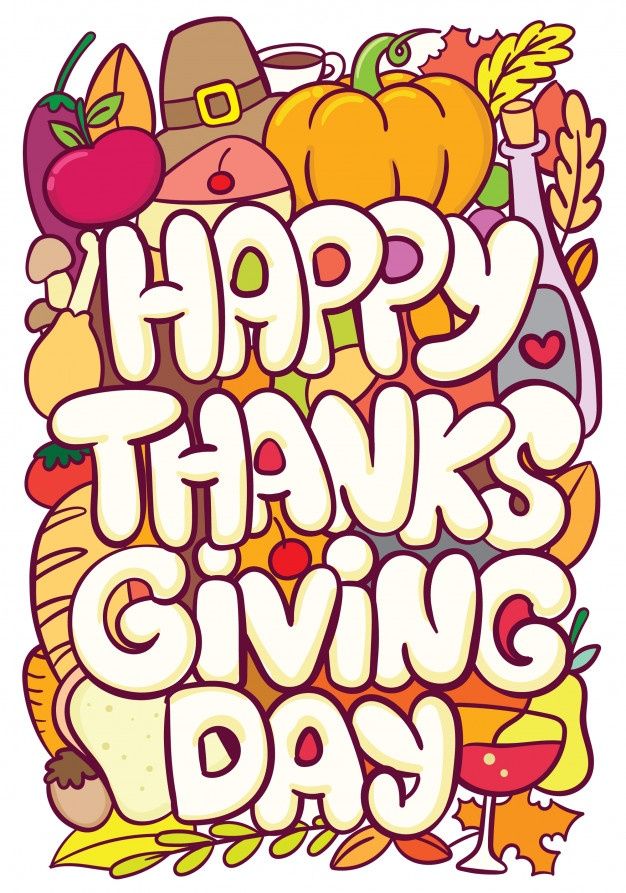 Here’s how you can safely include him.
Here’s how you can safely include him.
Pumpkin Pie
For babies 6-10 months, scoop out the pumpkin part and water it down with some breastmilk or formula. No crust. For babies older than 10 months, finely dice the crust and pumpkin and let her feed herself (or paint herself) with pie goodness.
Apple Pie
The apple pie filling will need to be pureed (think applesauce pie) and the crust removed for infants younger than 10 month. For older babies, check to make sure the apples are mushy, then dice.
Start Your Thanksgiving Family Traditions
Every family has its Thanksgiving traditions.
For the my family, that involves reading this book out loud to the kids about the Thanksgiving story while they act out the story with Fisher Price Pilgrims and the Mayflower. (I understand Fisher Price doesn’t make the Mayflower anymore, but you could easily substitute a pirate ship. We just won’t tell the Pilgrims. *wink*)
That night before bed we write out all the things we are most thankful for that year and place them into a special box not to be opened until next year.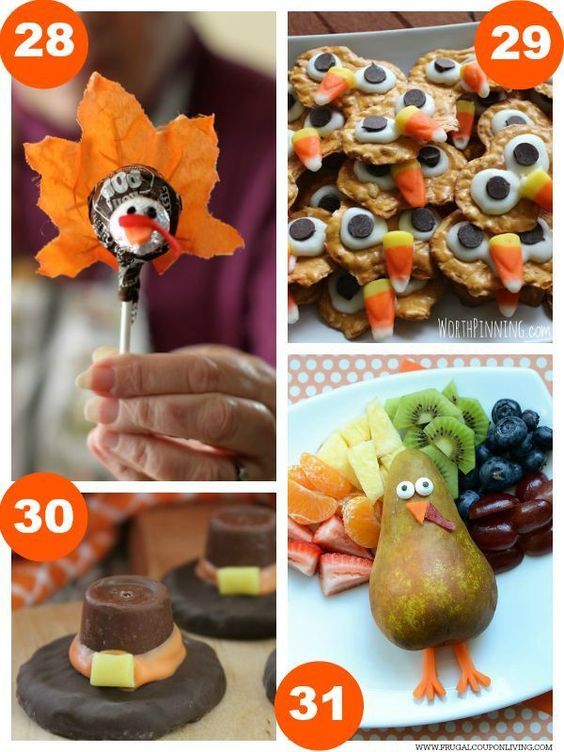
It’s a time capsule that lets us reflect on God’s loving provision through the good and the bad in the years prior. (It’s also hilarious to see what the kids have been thankful for as toddlers!)
1The History of Thanksgiving
2The Berenstain Bears Give Thanks
3The Story of the Pilgrims
4Bear Says Thanks
Marking the Year with Thankfulness
Thankfulness breeds a content heart. It’s also a fantastic help when those anxious thoughts come creeping into your mind late at night. (And it is always late at night…why is that??)
This has been a particularly challenging year, no lie. But there are always, ALWAYS, things we can be grateful for. For example, that chubby little man sitting in the high chair smearing sweet potatoes all over his cute overalls.
That is definitely something to be thankful for. 🙂
We ♥ honesty! This post contains affiliate links that provide extra money for our mutual coffee habits addictions. Click here to learn more. As an Amazon Associate I earn from qualifying purchases.
Thanksgiving Turkey, Puree and Cranberry Sauce | Kitchens of the world | Kitchen
Maria Tikhmeneva
Estimated reading time: 8 minutes
34065
Shutterstock.com
Thanksgiving is one of the most important American holidays after Christmas and Easter. It originated in the 17th century. The history of the holiday is as follows: when the first settlers appeared in 1620, the New World did not treat them too kindly. Europeans were not adapted to local conditions and in the autumn were left with almost no crops and food.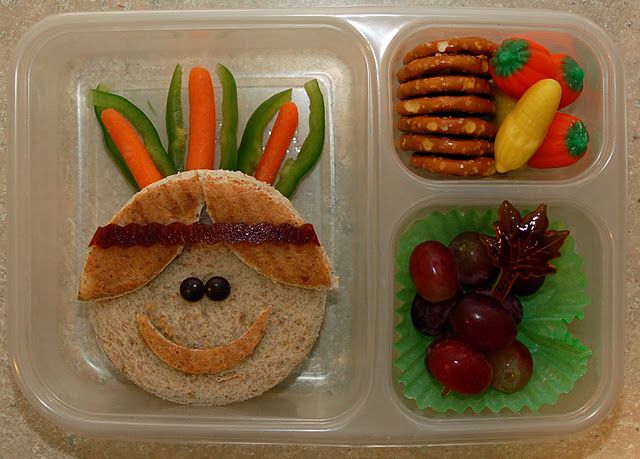 The first winter in the new place was very hard, many died of starvation. All the settlers would have died, but the locals shared supplies with them, and in the spring the Indians helped the whites plant maize, corn, and sweet potatoes. They taught how to cultivate the local land, how to get a good harvest on it.
The first winter in the new place was very hard, many died of starvation. All the settlers would have died, but the locals shared supplies with them, and in the spring the Indians helped the whites plant maize, corn, and sweet potatoes. They taught how to cultivate the local land, how to get a good harvest on it.
In autumn, the settlers' efforts were rewarded - they gathered a rich harvest and arranged a holiday. Indians from the local tribe were also invited to the feast, and they did not come to visit empty-handed, they brought turkeys baked in coals. Since then, the turkey has been the main dish of the holiday, which became known as Thanksgiving, because the settlers thanked God for the gift of life and harvest.
Baked turkey
This is the main Thanksgiving dish. A dish for which any American will travel half the country, only to end up in his parents' house and try his mother's turkey.
Photo: mmenu.com Baked turkey recipes - a million. It is made both with filling and without.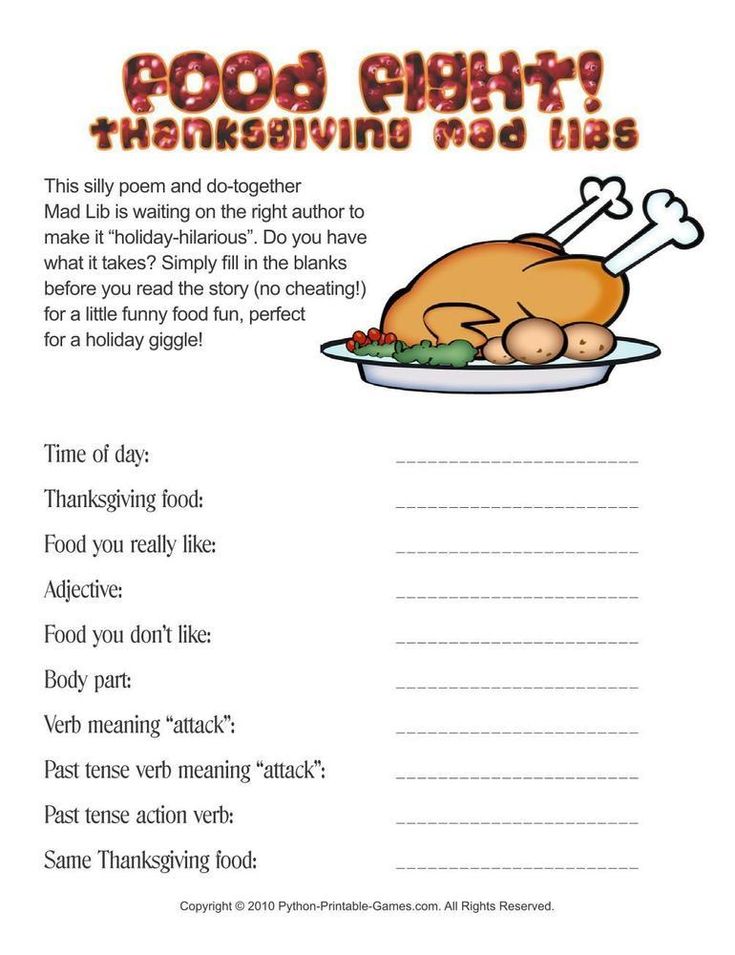 They bake with apples, giblets, dried fruits, oranges, spicy herbs ... Often a turkey is made without stuffing or not a lot of it is put: the fact is that a densely stuffed bird is poorly baked. Everyone loves the filling, so it is often cooked separately from the turkey itself - such a paradox.
They bake with apples, giblets, dried fruits, oranges, spicy herbs ... Often a turkey is made without stuffing or not a lot of it is put: the fact is that a densely stuffed bird is poorly baked. Everyone loves the filling, so it is often cooked separately from the turkey itself - such a paradox.
- 1 turkey
- 1 sour apple
- 1 orange
- 0.5 l dry white wine
- ½ bunch fresh rosemary
- ½ bunch fresh thyme
- Salt, white and black pepper, ground coriander
- 1 tbsp flour
- Disposable syringe
- Baking bag
Step 1. Wash and gut the turkey (reserve the giblets for stuffing).
Step 2. Rub the bird with spices and salt. Pour in wine and leave overnight.
Step 3. Draw the marinade into the syringe and prick the bird.
Step 4. Put inside the apple, peeled and cut into slices, and the orange, cut into slices, as well as herbs.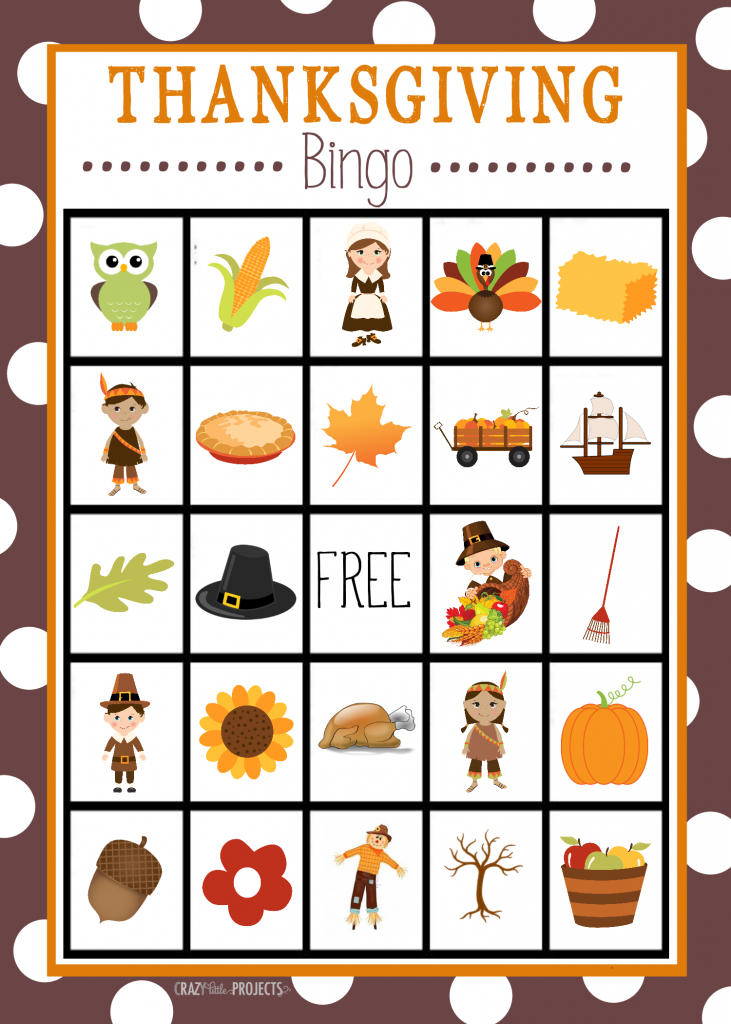
Step 5. Sprinkle the inside of the baking sleeve with flour, put the bird in it, tie it up and bake for 4-6 hours in the oven at 180 degrees.
Step 6. When the turkey is ready, open the sleeve, increase the temperature and brown the turkey for 15-20 minutes. Remove the filling and cut the bird into portions.
Cranberry Sauce
Whatever the filling, and whatever recipe is used to prepare the turkey, roasted poultry is always served with cranberry sauce. By the way, on Thanksgiving Day, Americans eat a fifth of all the cranberries they use in a year.
Photo: mmenu.com- 1 kg cranberries
- Juice of 4 large oranges
- 1-2 cups sugar (to taste)
- A little orange peel
- Pinch of pink pepper
- 100 ml orange liqueur (optional)
Step 1. Rinse and puree the cranberries with a blender.
Step 2. Gradually add orange juice and sugar and pepper.
Step 3. Bring to a boil over low heat, add the zest and maybe a little orange liqueur
Mashed potatoes with cheese
Mashed potatoes are a traditional side dish for turkeys. We suggest making it quite spicy and adding cheese.
Photo: mmenu.com- 2 kg potatoes
- 1 cup cream
- 200 g grated hard cheese
- 100 g butter
- Red pepper powder
- A little ground chili
- Salt
Step 1. Peel the potatoes, cut into large pieces and boil until soft. Salt
Step 2. Drain the water and puree the potatoes with a blender. Heat cream.
Step 3. Whisk cream and cheese into puree. Beat again with a blender. If necessary, you can additionally dilute the mashed potato broth.
Step 4. Add pepper and salt.
Stuffing for turkey
As we have already said, often the stuffing is prepared separately from the bird itself.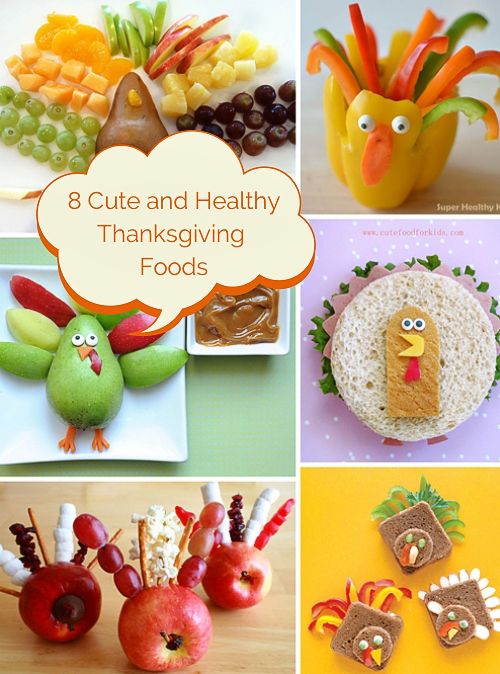
- Turkey Offal
- 2-3 bulbs
- 100 g breadcrumbs
- 3-4 sour apples
- 1 cup chicken stock
- Salt, pepper, rosemary
- Bunch of parsley
Step 1. Wash and boil offal. Cut in small pieces.
Step 2. Chop the onion and stew in the turkey juice, then add the giblets and fry.
Step 3. Peel and finely chop the apple.
Step 4. Add croutons and an apple to the giblets, pour in the broth, salt, pepper, put rosemary.
Step 5. Bake at a low temperature in the oven for 40 minutes. 10 minutes before readiness, add chopped greens.
Pumpkin Pie
Pumpkin is the main decoration of the Thanksgiving table. They also make pumpkin pie, similar to cheesecake, and pour it with whipped cream.
Photo: mmenu.com- 400 g flour
- 1 stick of butter
- 3 eggs
- 1 kg pumpkin pulp
- 1.
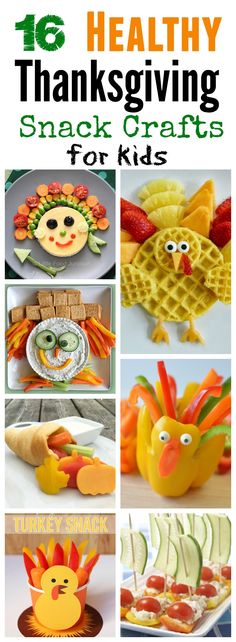 5 cups of sugar
5 cups of sugar - 1 cup heavy cream
- Cinnamon
- Vanilla sugar
- Salt
Step 1. Sift the flour and salt into a bowl. Grind with soft butter to make greasy crumbs. Add a slightly beaten egg and knead the dough.
Step 2. Roll it into a ball, wrap in cling film and refrigerate for 1 hour.
Step 3. Cut pumpkin pulp into cubes, add some water to it and simmer until soft. Then punch in a blender.
Step 4. Roll out the dough to the size of the mold, adding an allowance for the sides. Put the dough into a mold and bake for 15 minutes at a temperature of 180 degrees.
Step 5. Beat two eggs with sugar and cream, add everything to the pumpkin and beat again. Put spices and salt.
Step 6. Pour the filling over the cake and bake for 50-60 minutes at 180 degrees. Cut when the cake is cold.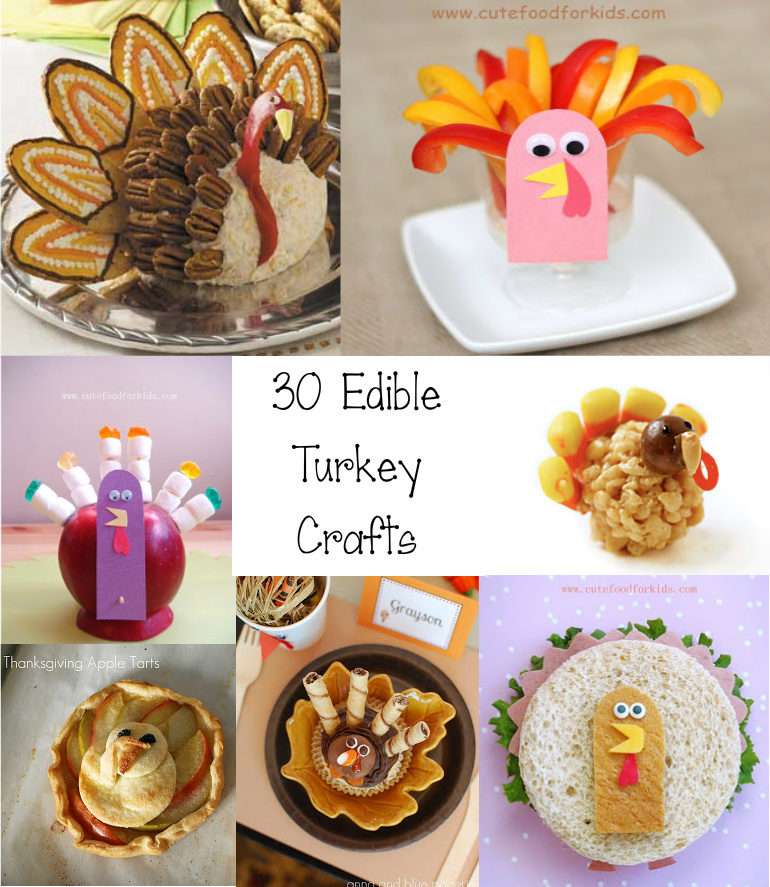
Baked sweet potatoes
Photo: Shutterstock.com- 5-6 pcs. sweet potato
- 5-6 tbsp maple syrup
- Brown sugar to taste
- Butter
Step 1. Wash potatoes, boil until soft and peel.
Step 2. Puree with syrup and sugar.
Step 3. Pour into a mold and bake in the oven for 10-15 minutes.
Step 4. Serve with butter.
american cuisine thanksgiving pumpkin recipes turkey
Next article
You may also be interested in
- Orange desserts. What can be cooked from pumpkin
- Five Easy Pizza Dough Recipes
- Witch's potion, diabolo and pumpkin pie.
 What to cook for Halloween
What to cook for Halloween - Steak and pumpkin foam. Dish from the chef with elements of molecular cooking
- English Apple Day: making pies and omelettes
Media news2
Where did Thanksgiving come from and how is it celebrated? | Help | Question-Answer
Elena Slobodyan
Estimated reading time: 5 minutes
67005
Category: Topic in Q&A
Where did Thanksgiving come from and how is it celebrated?
Thanksgiving is celebrated on the fourth Thursday of November in the United States and on the second Monday of October in Canada.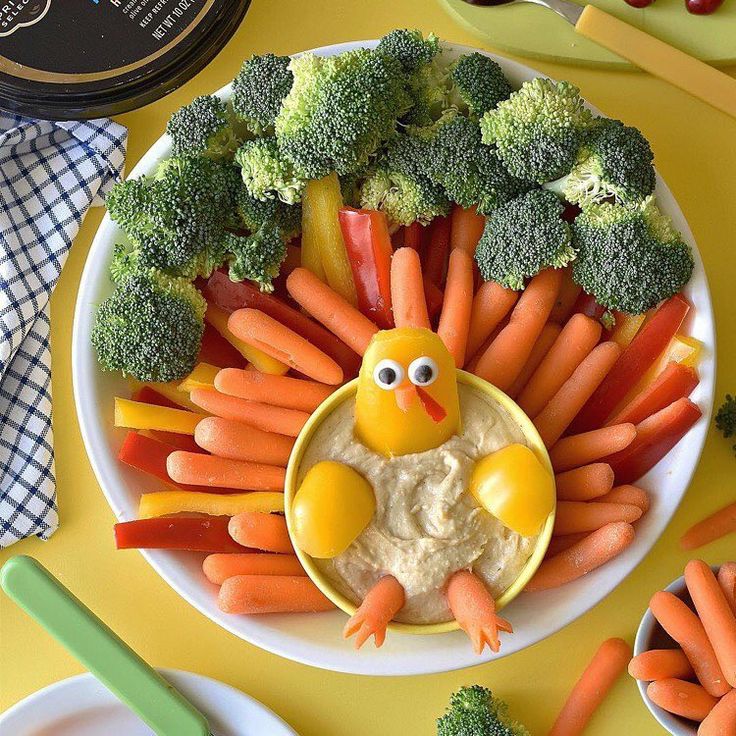 This is not just a public holiday, but also one of the most beloved and popular celebrations among Americans: according to tradition, on this day, several generations of families gather at the same table for a festive dinner. In addition, Thanksgiving in the United States opens the winter holiday season, which includes Christmas and New Year.
This is not just a public holiday, but also one of the most beloved and popular celebrations among Americans: according to tradition, on this day, several generations of families gather at the same table for a festive dinner. In addition, Thanksgiving in the United States opens the winter holiday season, which includes Christmas and New Year.
History of the holiday
Thanksgiving is one of the oldest American holidays, its origin is associated with the first settlers from England who arrived in the New World on the Mayflower ship. After months of hard sailing, the settlers reached America in November 1620 and immediately faced a harsh winter.
During the first winter on the new continent, more than half of the settlers died of cold, starvation and disease. The survivors established Plymouth Colony, the oldest English settlement in America, and with the help of the local Indians began to farm the land. The reward for these labors was an unexpectedly plentiful harvest - and the first Governor William Bradford decided to celebrate the fall of 1621 Thanksgiving Day for the harvest and the help of the Indians.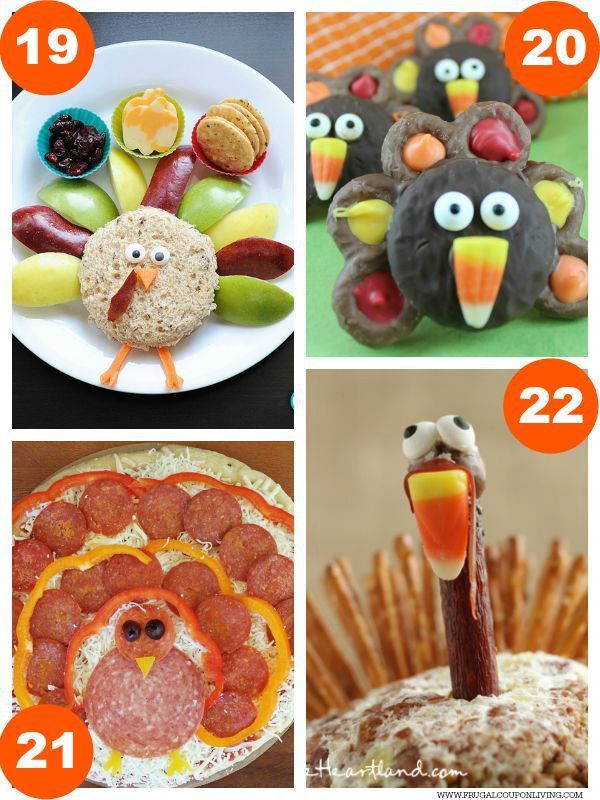
The elders of the colony also invited local Indians from the Wampanoag tribe to the festive table, who helped the settlers survive. The Indians brought with them four strange birds, later called turkeys - this meal became the first Thanksgiving.
"The First Thanksgiving at Plymouth" (1621) by Jenny A. Brownscombe. Photo: Commons.wikimedia.orgThe first settlers were Puritans, deeply religious Christians. They saw in this holiday a deep meaning, an opportunity to thank the Almighty for his mercy. However, later in the United States and Canada, this holiday largely lost its religious significance and became a nationwide civil celebration.
After gaining independence, the young country needed its own holidays and traditions, and the first President George Washington in 1789 signed a decree on the celebration of Thanksgiving Day as a national holiday annually on November 26th. In 1864, after the end of the Civil War, Abraham Lincoln proclaimed Thanksgiving Day on the last Thursday of November each year, and in 1941 a bill was passed in the United States that legally approved this date of celebration.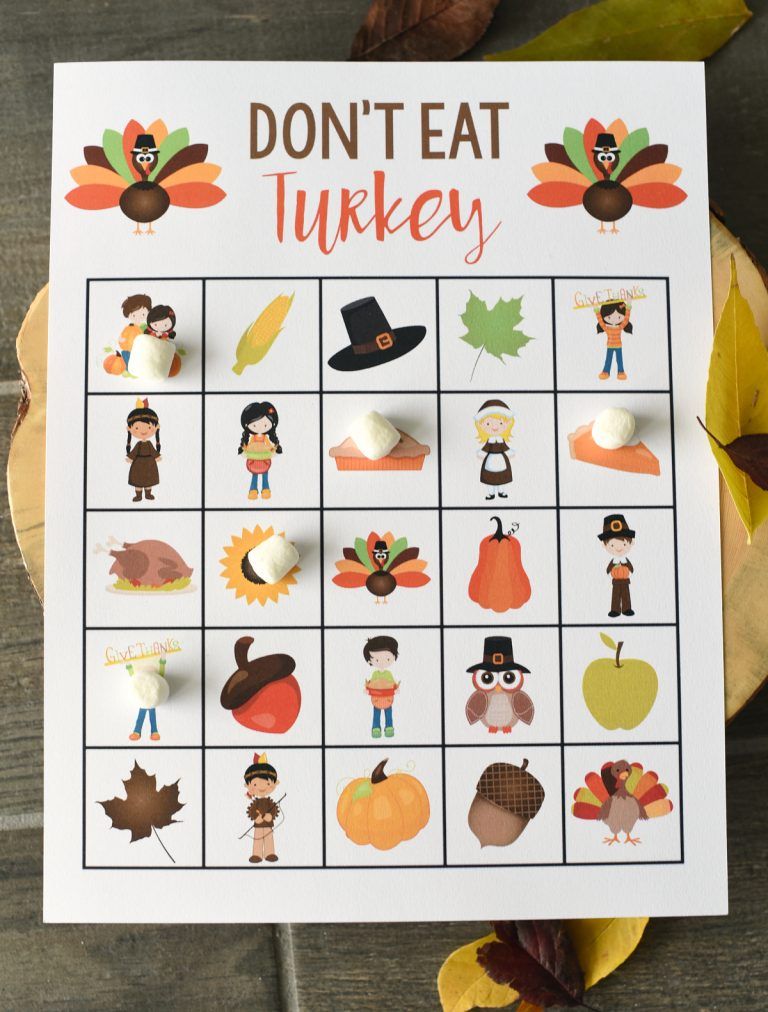
Celebration Traditions
The main tradition of Thanksgiving Day is a festive dinner, which brings together several generations of the same family in the house of elders. In front of him, many Americans with the whole family attend church services. Often this holiday is the only event in the year that allows all relatives to come together. At the festive meal, everyone says the words of thanksgiving for all the good things that happened in his life this year.
Festive table on Thanksgiving Day. Photo: Commons.wikimedia.orgThe second tradition is the festive table - on this day, Americans eat the same thing that their ancestors ate back in 1621 at the first Thanksgiving dinner. The main dishes are stuffed turkey and pumpkin pie, which have become culinary synonyms for the holiday.
Holiday parades, usually dressed as early 17th century settlers and Indians, are another Thanksgiving staple. The largest parade takes place in New York, its main attraction is huge inflatable toys. This is a festive procession, which is held from 1927 Macy's, the largest department store, runs from Central Park to the department store entrance near Herald Square. At the end of the holiday, fireworks are arranged over the East River.
This is a festive procession, which is held from 1927 Macy's, the largest department store, runs from Central Park to the department store entrance near Herald Square. At the end of the holiday, fireworks are arranged over the East River.
Also on the eve of Thanksgiving, it is customary to do charity work to feed and please those in need: charities distribute gifts, and organize free meals for the homeless. Even at metro stations, tables are set up on which you can put your donations for the poor and homeless.
The day after the holiday, the pre-Christmas sales season opens in stores and on the Internet - this day is called Black Friday.
See also:
- What should Orthodox Christians do on Parental Protection Saturday? →
- What does the Holy Fire symbolize and why does it not burn hands? →
- When will the Holy Fire descend in 2017? →
thanksgiving history usa
Next article
You may also be interested in
- In honor of Thanksgiving, Obama will pardon the turkeys Caramel and Popcorn
- What is Honey Spas?
- What is the Tomb of Christ?
- Honey, Apple and Bread Spas: history and traditions.





